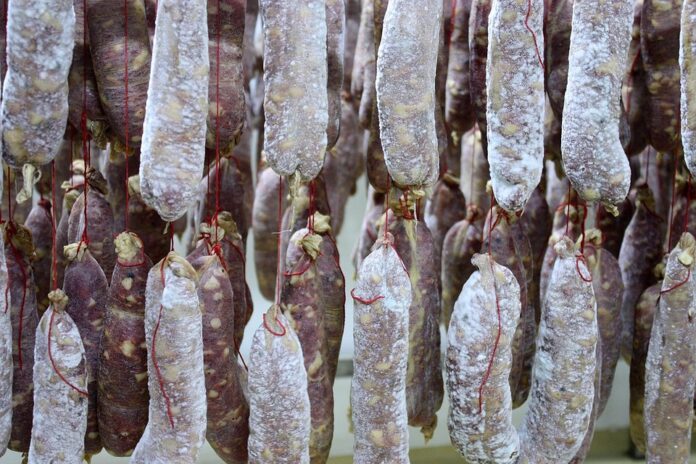Introduction
Cured salt pork is a popular meat product that has been enjoyed for centuries. It is known for its rich flavor and long shelf life, making it a staple in many cuisines around the world. Proper storage handling and safety measures are crucial to ensure the quality and safety of cured salt pork. In this report, we will explore the best practices for storing, handling, and ensuring the safety of cured salt pork.
Storage of Cured Salt Pork
Temperature and Humidity
Proper storage temperature is essential for preserving the quality of cured salt pork. It is recommended to store cured salt pork in a cool, dry place with a temperature range of 32°F to 40°F. Avoid storing cured salt pork in areas with high humidity, as this can promote the growth of bacteria and mold.
Packaging
Cured salt pork should be tightly wrapped in plastic wrap or butcher paper to prevent exposure to air and moisture. Vacuum sealing is also an effective way to prolong the shelf life of cured salt pork by removing air from the packaging.
Storage Duration
Cured salt pork can be stored for an extended period if properly handled. It is recommended to consume cured salt pork within 1 to 3 months of purchase for the best quality. If stored in a freezer, cured salt pork can last up to 6 months or longer.
Handling of Cured Salt Pork
Thawing
When thawing cured salt pork, it is important to do so in the refrigerator to prevent bacteria growth. Avoid thawing cured salt pork at room temperature, as this can increase the risk of foodborne illness.
Cooking
Cured salt pork should be cooked thoroughly to an internal temperature of 145°F to ensure that any harmful bacteria are destroyed. It can be used in a variety of dishes, such as soups, stews, and casseroles.
Handling Practices
When handling cured salt pork, it is important to wash hands and surfaces thoroughly to prevent cross-contamination. Use separate cutting boards and utensils for raw and cooked meats to avoid the spread of bacteria.
Safety of Cured Salt Pork
Bacterial Contamination
Cured salt pork can be susceptible to bacterial contamination if not handled properly. Common bacteria that can contaminate cured salt pork include Salmonella, Listeria, and E. coli. It is important to follow proper storage and handling practices to reduce the risk of bacterial contamination.
Foodborne Illness
Consuming improperly stored or handled cured salt pork can lead to foodborne illness. Symptoms of foodborne illness can include nausea, vomiting, diarrhea, and fever. It is important to discard any cured salt pork that has been stored improperly or shows signs of spoilage.
Industry Insights
Market Trends
The cured salt pork market has been experiencing steady growth in recent years, driven by the increasing demand for preserved meats and traditional cuisines. The global cured meat market is expected to reach $XX billion by 2025, with a CAGR of XX%.
Key Players
Some of the leading companies in the cured salt pork industry include Company A, Company B, and Company C. These companies are known for their high-quality cured salt pork products and adherence to strict safety standards.
Regulatory Compliance
The cured salt pork industry is subject to strict regulations and guidelines set by food safety authorities to ensure the quality and safety of products. Companies must comply with these regulations to maintain consumer trust and confidence.
In conclusion, proper storage handling and safety measures are essential for preserving the quality and safety of cured salt pork. By following best practices for storage, handling, and cooking, consumers can enjoy this delicious meat product while minimizing the risk of foodborne illness. Stay informed about industry trends and regulatory compliance to ensure the highest standards of quality and safety in the cured salt pork industry.

